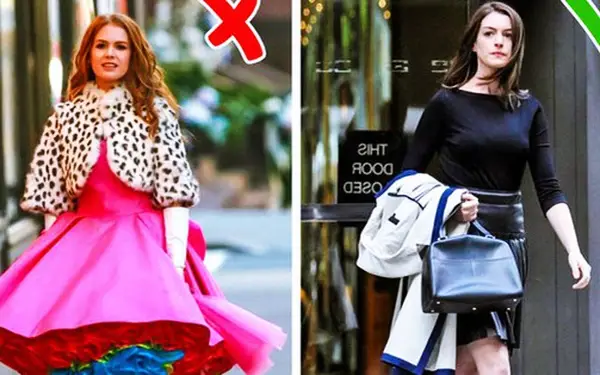
Embracing Minimalism: How Young People Are Shifting from Excessive Spending to Sustainable Living
Young people around the world are experiencing a significant shift in consumer behavior, moving from “reckless spending” to minimalist consumption. Previously, social media was often a platform for people to showcase perfection, from picturesque homes and luxurious wardrobes to expensive beauty products. However, a new trend is emerging, fundamentally changing the way we view consumption. This trend is a minimalist lifestyle, emphasizing reuse, frugality, and prioritizing quality over quantity.

This minimalist consumption trend focuses on sustainability and making the most of what one already has, contrasting with the wealth and excess that dominate platforms like Instagram and TikTok. Nowadays, many young people are sharing online about how they reuse old items, such as worn-out water bottles, sweaters from their school days, or dishcloths made from old t-shirts. They take pride in continuing to use what they already own rather than constantly chasing new purchases.
A prime example is Christine Lan, a content creator based in Montreal, Canada, who has adopted a minimalist consumption lifestyle. She shared, “I value everything I have and make sure that when I buy something, it’s a quality product that will last.” Christine found success by posting about how she makes her own beauty products instead of spending money on expensive cosmetics.

In the UK, Andrea Cheong, a social media influencer, also shared a video on minimalist consumption by mending old clothes. She noted that many young people are beginning to realize the pressure to spend every last penny to “keep up” with fashion trends, something she believes is unnecessary.
The minimalist consumption trend is not only related to economics but also reflects the high unemployment rate, as François Côté, CEO of Fig Financial, explained: “If you are facing economic pressure, it’s certainly difficult to overspend.”
Years of inflation have made young people realize that they cannot keep up with the spending habits of those who flaunt their wealth online. Google Trends shows that searches for minimalist consumption in the U.S. reached their highest levels this summer, along with inquiries about “overproduction” and “the Great Recession.”

More than half of Gen Z (aged 18 to 27) surveyed by Bank of America said that high living costs are the biggest barrier to their financial success. Many young people do not earn enough to live the life they desire, leading to frustration with rising living expenses.
In Canada, the youth unemployment rate rose to 14.2% in July, while in Singapore, 9 out of 10 people surveyed said they felt the impact of rising living costs.
In this context, minimalist consumption has become a way for young people to navigate tough times while also living more sustainably. Andrea Cheong asserts that the minimalist consumption lifestyle is the most accessible approach to sustainable living. The message she conveys is simple: “Buy less, but buy better.”



